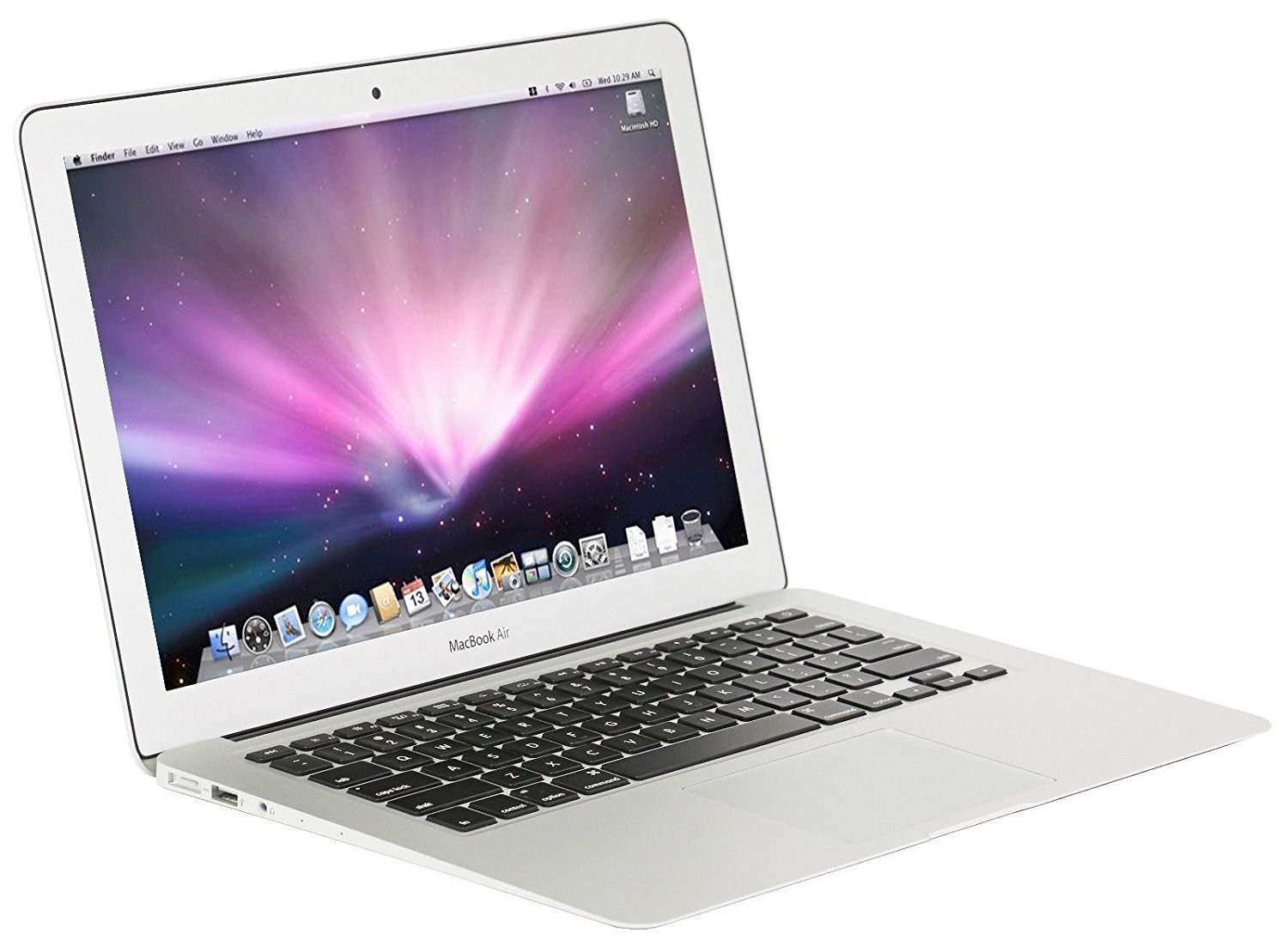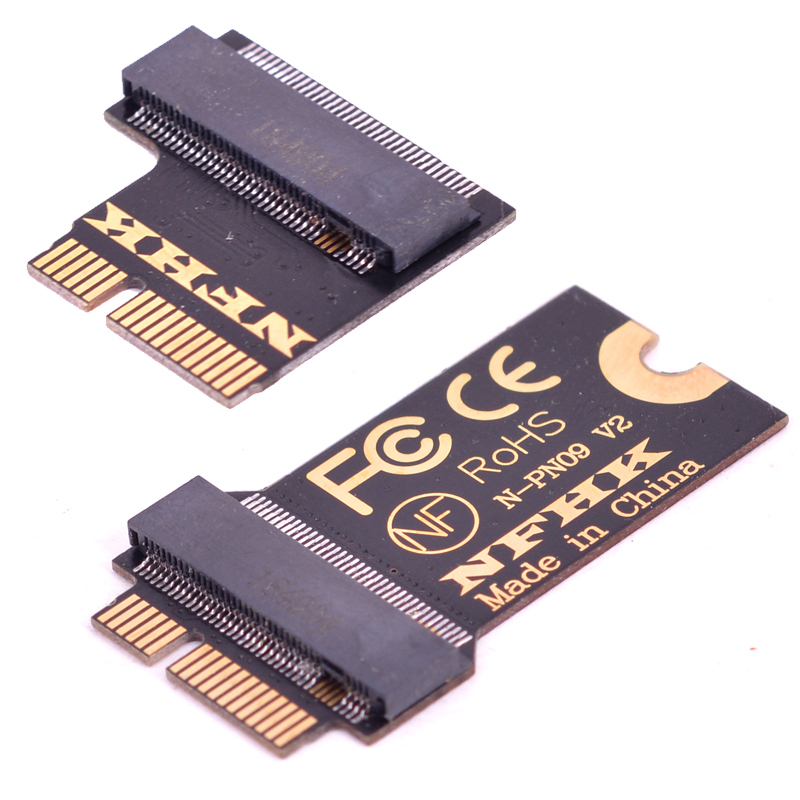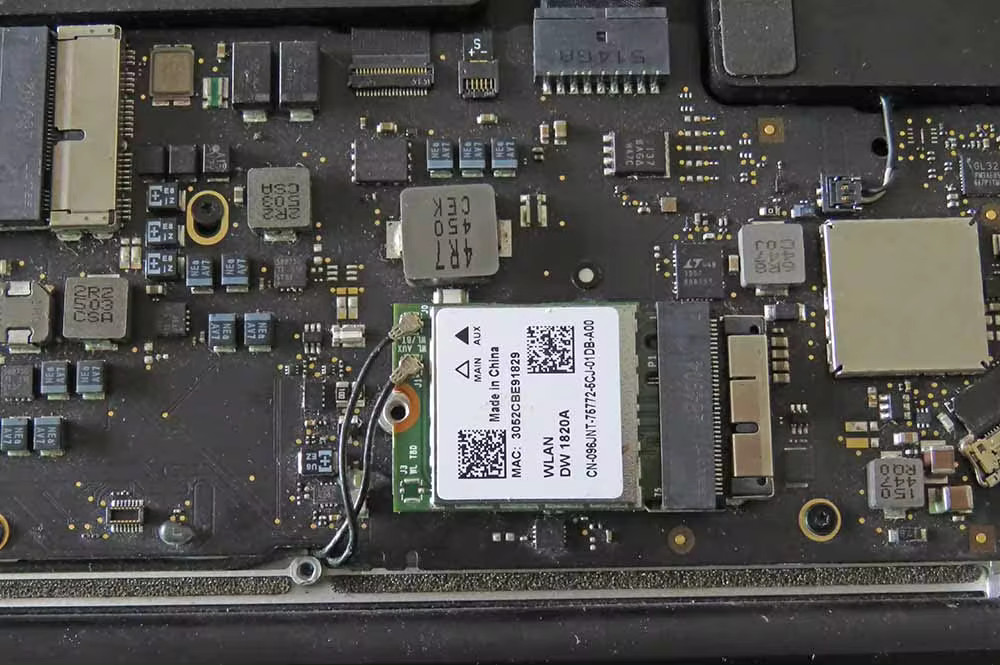- 3 Posts
- 15 Comments

 34·2 months ago
34·2 months agoI was vaguely aware that some ancient architectures had weird byte widths, but I did not know about this. Pretty interesting.
This paper cannot succeed without mentioning the PDP-10 (though noting that PDP-11 has 8-bit bytes), and the fact that some DSPs have 24-bit or 32-bit words treated as “bytes.” These architectures made sense in their era, where word sizes varied and the notion of a byte wasn’t standardized. Today, nearly every general-purpose and embedded system adheres to the 8-bit byte model. The question isn’t whether there are still architectures where bytes aren’t 8-bits (there are!) but whether these care about modern C++… and whether modern C++ cares about them.
The file is named Cargo.toml. Whatever dependencies you add to there are automatically downloaded by Cargo. You can manage them with
cargo addandcargo remove.cargo installis not the same thing. That installs binaries. I last installed cargo-release to automate the annoying part of managing git tags and crate version number.

 5·4 months ago
5·4 months agoHey that looks nice at a glance. Will check it out!
I’ve been using mega synced folders for most stuff. Works fine.
I tried to do this before, but it did not work out.
I couldn’t make the meta key alone open overview. I also tried to add a dock there, but I can only have a panel when not in overview, which is the opposite of that I wanted. I also liked the notification menu and the quick toggles menu in top right corner.
I have been planning to get into plasma extension development to fix some of these issues.
Initially installing them wasn’t a problem anyway, but rather the driver breaking. It feels good to trust the laptop a again.
If you’re still looking to free your USB port, I have now confirmed that this upgrade works!
It would help if you got the model right, and an exact one at that. As the others said, “iMac” isn’t a mac laptop, but an AIO desktop.
From the thread I gather you have some model of MacBook Air, that looks like this:

I run linux on one of these. Everything worked out of the box, except for wireless. See my 2-part adventure for how I solved it.
Mac “bios” isn’t exactly how you’d expect from PCs. Hold down alt key during startup to enter boot menu, and you’re good to go.
If your family member was a mac user before, they might be most comfortable on Gnome, as it has aped many ui features from mac os. It has a similar dock, fluid trackpad-friendly navigation that works the same way, and more.
I’m fine with python, because it’s consistent. In C I get nervous every time I see it.

 2·4 months ago
2·4 months agoOh, I guess it’s all good then. Thanks
Too bad. Guess I’ll go order the adapter.
2013 Macbook Air as the post says. It’s some i5 board, can’t say anything more specific right now.
Anyway, I’m also kind of done with software hassles on this one, and I also prefer linux, so I’d rather keep using it.
Yeah, these adapters are exactly what I intend to use if there’s no mac card that just works.
However, for normal cards I have no clue about antenna compatibility, and macos compatibility. I guess the latter is just a nice to have instead of a requirement, though.
spoiler


Thankfully I also had an old usb dongle on hand. I don’t want to leave it like that because it ate 50% of my two available usb ports.



Hey cool, thanks for the recommendation, I added CT4MGM and a couple other fonts to my collection. I have already found fonts that do deranged stuff, like defining offsets outside the buffer they’re supposed to be in.
Right now I’m not creating the sounds myself, but rather using a library for the purpose. I’m intending to replace it with my own implementation (or a suitable alternative, if one exists) later, if I just have the time. The biggest remaining blocker for release is doing exactly that for the midi sequencer, because the current one doesn’t let me do seeking.
I have other related projects planned as well, like a soundfont compiler that builds a font from “source code” that consists of loose samples and text files that define the instruments. I promised myself to not start anything until this one is out, though.